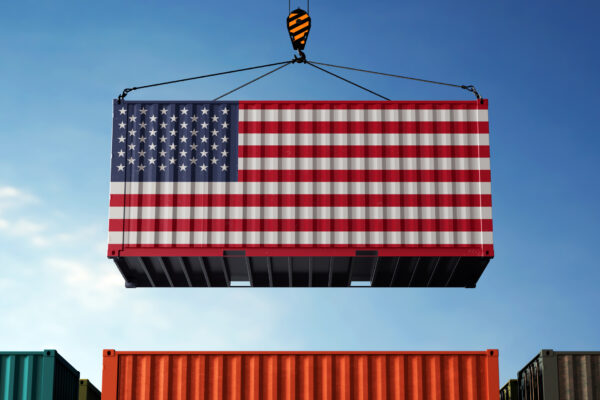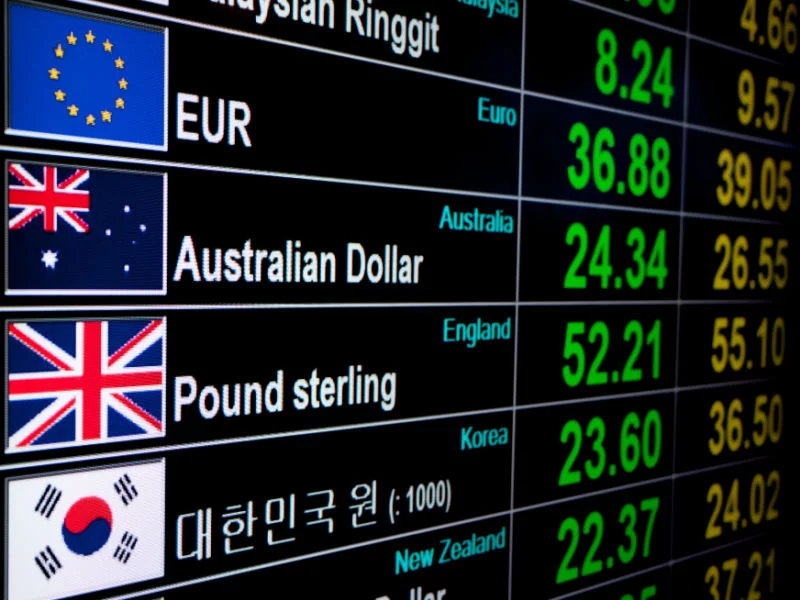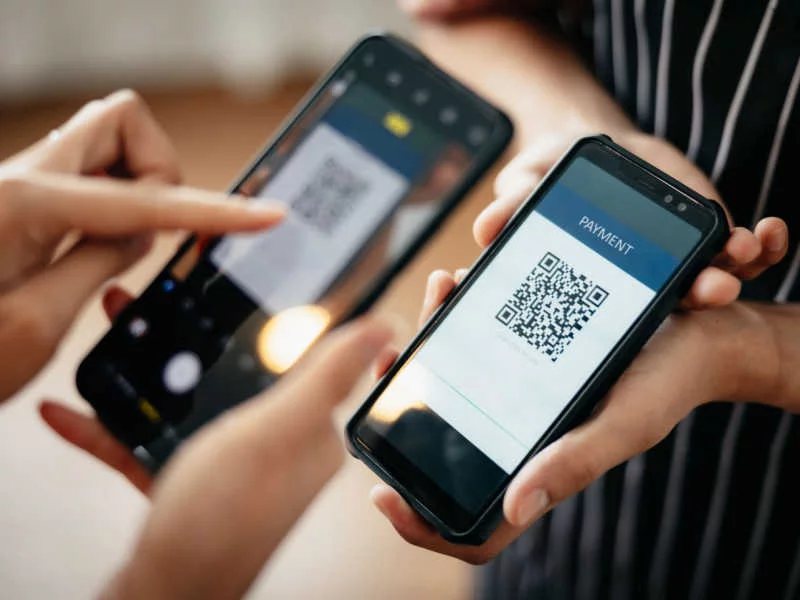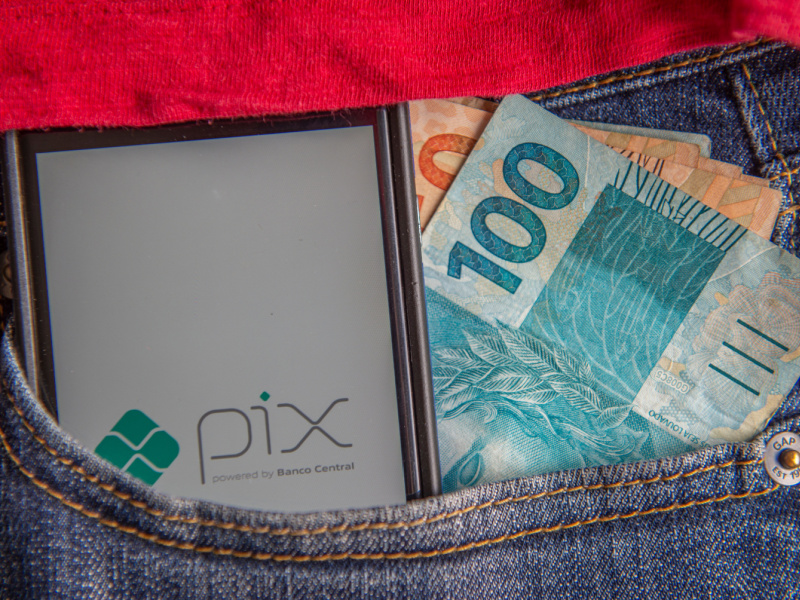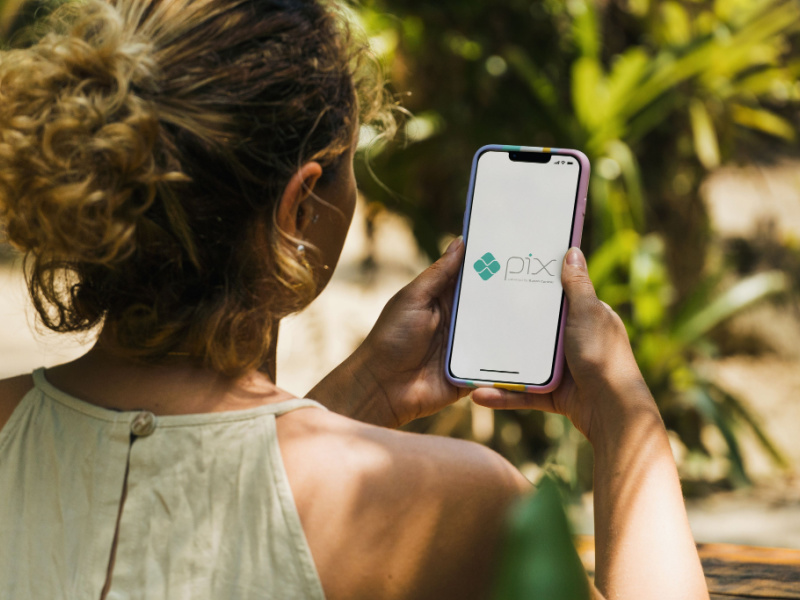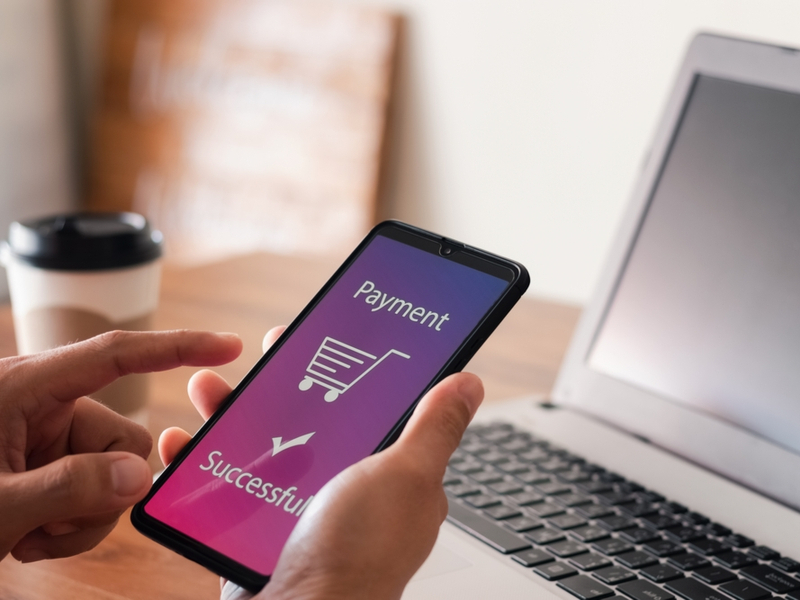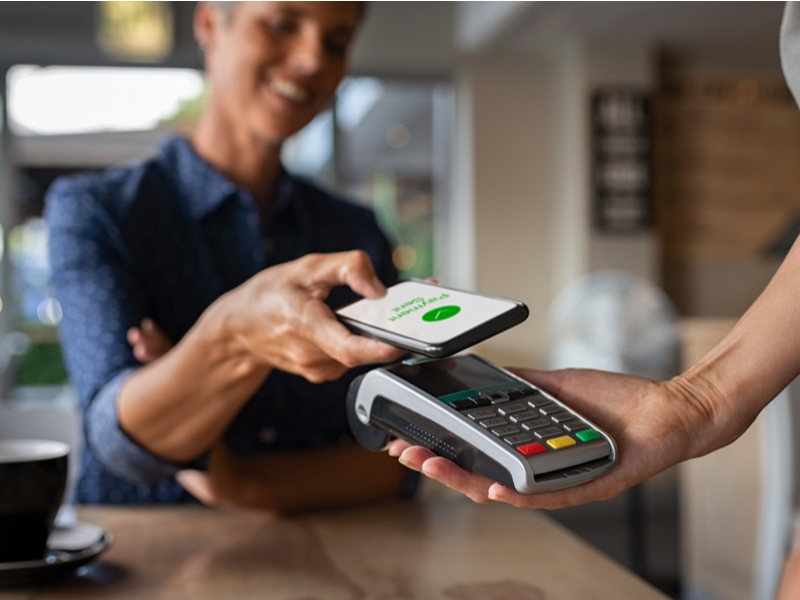All about cross-border e-commerce, logistics, payments and more
25/04/2023Check out the data about cross-border e-commerce in Brazil and find out how to sell products to clients in other countries while accepting local payment methods.
Cross-border is a type of commerce that redefines frontiers. The term basically means selling products to another country. Cross-border e-commerce is a trend that gained momentum after 2020, when more people switched to electronic commerce on account of physical distancing. Continue reading to find out how to access international markets through this option.
Cross-border e-commerce in Brazil: most recent data
Competitive prices, availability of new products and growing presence of foreign brands in online ads or even on TV are some of the reasons that explain the interest of Brazilian consumers in cross-border e-commerce. Not to mention the convenience of buying abroad: many foreign virtual stores offer payment solutions with integrated FX, which already show consumers the price in Brazilian real.
In 2022, cross-border e-commerce was the choice of 72% of Brazilians interviewed by NielsenIQ Ebit for the Webshoppers 47 report, the highest percentage since the study began in 2013. Considering that over 108 million people shopped online last year, this is a significant number. The frequency with which Brazilians shopped on international virtual stores increased as well. Last year, 15% of consumers made more than 10 cross-border purchases. However, the highest percentage (38%) is of respondents who shopped two to three times in 2022.
Cross-border e-commerce and delivery logistics
Brazil’s postal carrier Correios also identified cross-border e-commerce as a trend and has geared up to meet the growing demand. It has implemented in its Correios Digital app, a functionality that enables consumers to pay taxes and other fees, as well as despacho postal, which is the amount paid to Correios for support services related to customs clearance activities. It covers the costs of the customs process and the return of the package when the recipient does not pay the taxes. In the new import model, all international orders are subject to this charge.
Below are a few tips on tracking international orders:
Shipping code
It is very important to ask consumers to keep the shipping code and track the order frequently on the Correios website in order to check the status of the order and not miss the deadline for payment of despacho postal and other fees. If the deadline is missed, the package will be returned to the sender.
When the consumer chooses free shipping, whose code begins with the letters “R” or “U,” the delivery deadline could be up to 40 business days. Orders starting with “U” have no tracking available. For prime service, the delivery deadline is up to 12 business days after the package arrives in Brazil. There is also the Correios Packet option, whose deadline is up to six days. Again, keep the receipts and tracking information of the product ordered.
Fees
There is only one fee (despacho postal) of R$15.00, but taxes may be levied on the order. In some cases, these could be higher than the product value itself, according to customs rules.
Whom to talk to about any issues?
Although there is no consensus on this issue, the Brazilian Consumer Protection Code establishes that the website where the purchase was made is jointly liable with Correios, which in turn claims that only the despacho fee and taxes involved are reimbursed.
Cross-border: what is necessary to sell outside Brazil
Just as Brazilian consumers show tremendous interest in products sold by cross-border players in other countries, the opposite can be done as well: selling Brazilian products to clients all over the world. Cross-border e-commerce can be carried out through marketplaces, such as Amazon Seller Central, which makes the cross-border process simpler. You only have to register, upload the products and send them to an Amazon bonded warehouse, which takes care of the rest until the product is delivered to the client. Once the products are sold, you can easily receive the proceeds in your country and currency. The most recent Mass Payments (Payouts) solutions are capable of processing individual or mass payments in Brazil instantaneously on a 24/7 basis.
Cross-border payments: sell to Brazilian consumers by accepting all local payment methods
Accepting Pix and offering payment in installments are two factors essential for a cross-border e-commerce player to be successful in Brazil. People who do not have a bank account must be considered as well, and they have the boleto as an alternative to make payments.
Using marketing resources to reach out this audience is not enough; you must facilitate sales conversion until the moment of checkout, offering a wide range of payment methods that are consistent with the local culture. Otherwise, all your investments will be in vain.
With the payment provider Ebury Bank, your e-commerce will interface with local acquirers and access Brazilian payment methods, with integrated payment processing and FX platform, displaying exchange rates online in real time. A purchase experience that is transparent for users and practical for sellers, who receive the sales proceeds anywhere in the world. Talk to our specialists!
Posted on July 11, 2022
Updated on April 25, 2023




